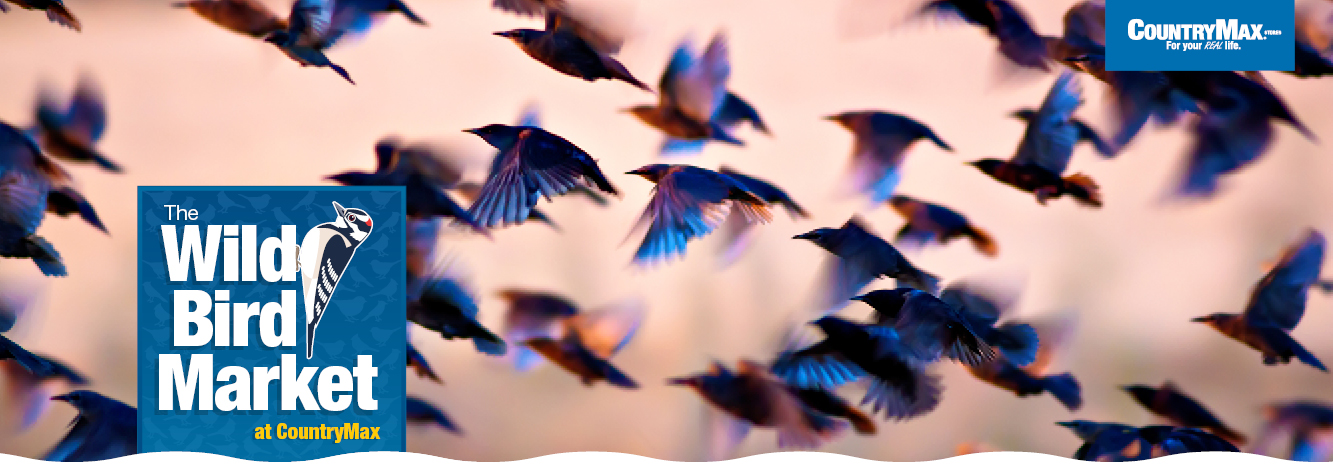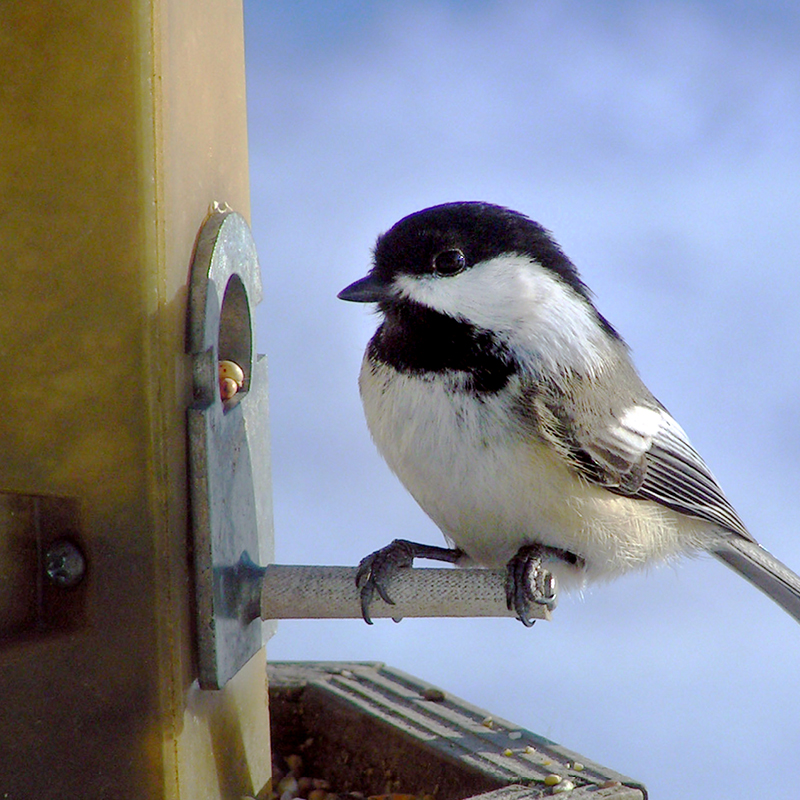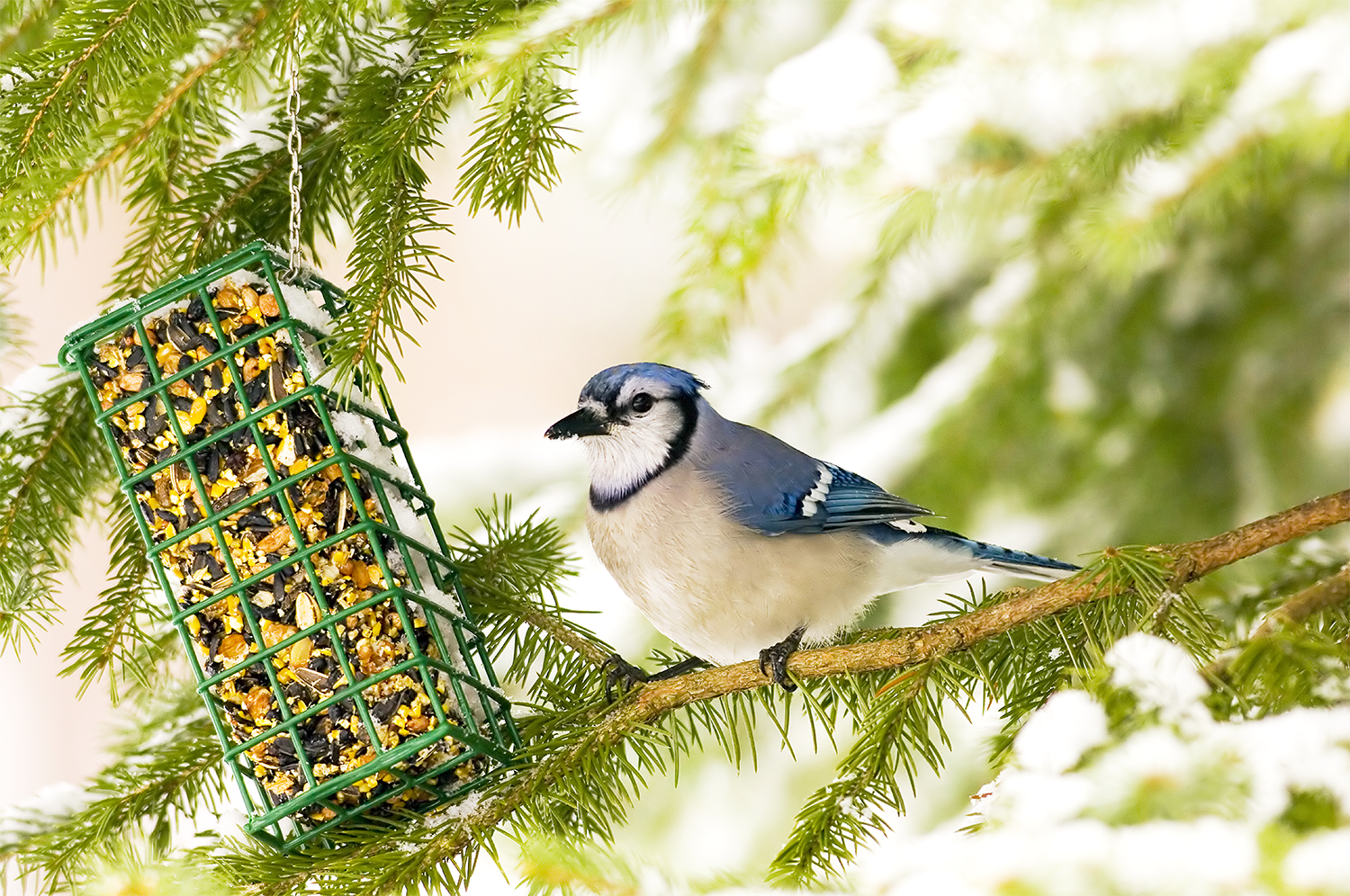Backyard Bird Life: November


As temps cool down, the wild bird scene may be changing in your yard. Flying south for the winter is not for every species. That’s why November is the time to keep your feeders full, so the hearty holdouts will visit you throughout the snowy season.


All Kinds of Woodpeckers
(Pileated shown here)

American Goldfinches
(brownish-yellow in winter)

American Tree Sparrows

Black-Capped Chickadees

Blue Jays

Dark-Eyed Juncos

Mourning Doves

Northern Cardinals

Passerine Songbirds
(Sparrows shown here)

Tufted Titmouse

White-Breasted Nuthatch

White-Throated Sparrow

Now’s the time to add a feeder or two, so you can attract multiple species and keep your backyard active throughout the cold months.
with thistle will bring in the finches.

A hopper feeder
with black oil sunflower seeds works for keeping seeds dry during the wet and changing weather of late fall and early winter. Fill it with safflower seeds to attract Northern Cardinals.
Consider a bird bath with a heater because once the temps go below freezing, birds have a hard time finding fresh water.

Suet is one of the best things you can offer your backyard birds year-round, but especially in the winter. Suet is easily digested, metabolized, and provides an incredibly high energy source for birds that are actively foraging for food all day. Many people who enjoy feeding the birds in the winter don’t realize that they are missing what may be the single most valuable foodstuff for winter birds to thrive – don’t make that mistake this year!
There are a variety of suet feeders, typically called “cages," that are available in many forms – including attached to seed feeders. These dual-purpose feeders are excellent for a variety of birds, but make sure to include some free-hanging suet feeders apart from your seed stations to allow birds that may be intimidated by the activity and aggressiveness of the birds actively eating at the seed feeders. It may be surprising, but hanging suet (and seed feeders) in different locations in your yard and at different heights will give you a wider variety of feathered visitors.

Are there different kinds of suet?
While there are some choices for just straight suet cakes, the vast majority of suet cakes include some sort of seed, nut, berry, insect, or virtually any combination you can think of those ingredients. Some ingredients are traditionally thought of as bird specific – like peanuts for woodpeckers, or mealworm cakes for bluebirds – but the reality is that most birds will eat just about anything.
When it comes to fun shapes, sizes, and mixes, suet isn’t the only game in town! Seed cakes are pressed together blocks of… you guessed it, seed! Additions like mealworms, fruits, berries, and other pieces just add to the healthy, nutritious fun!







